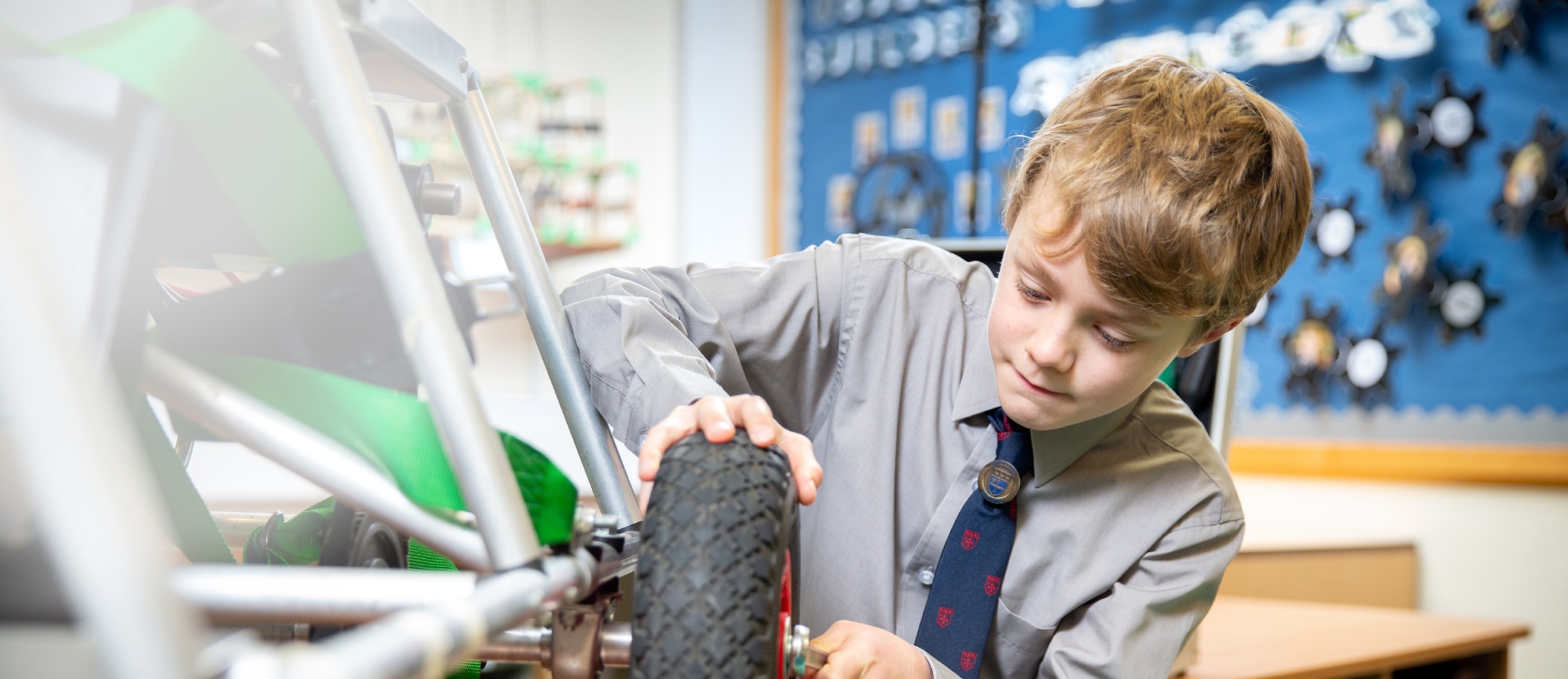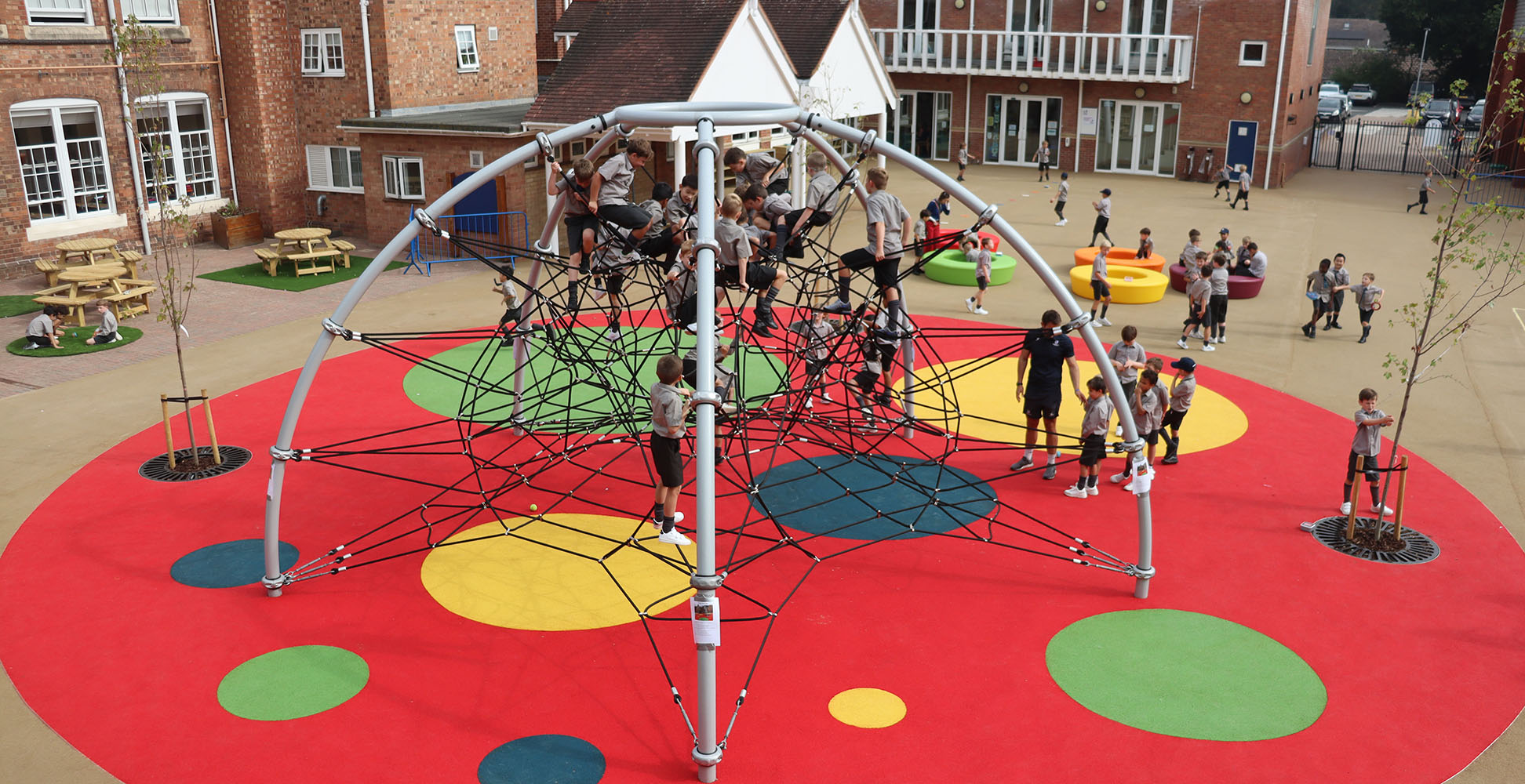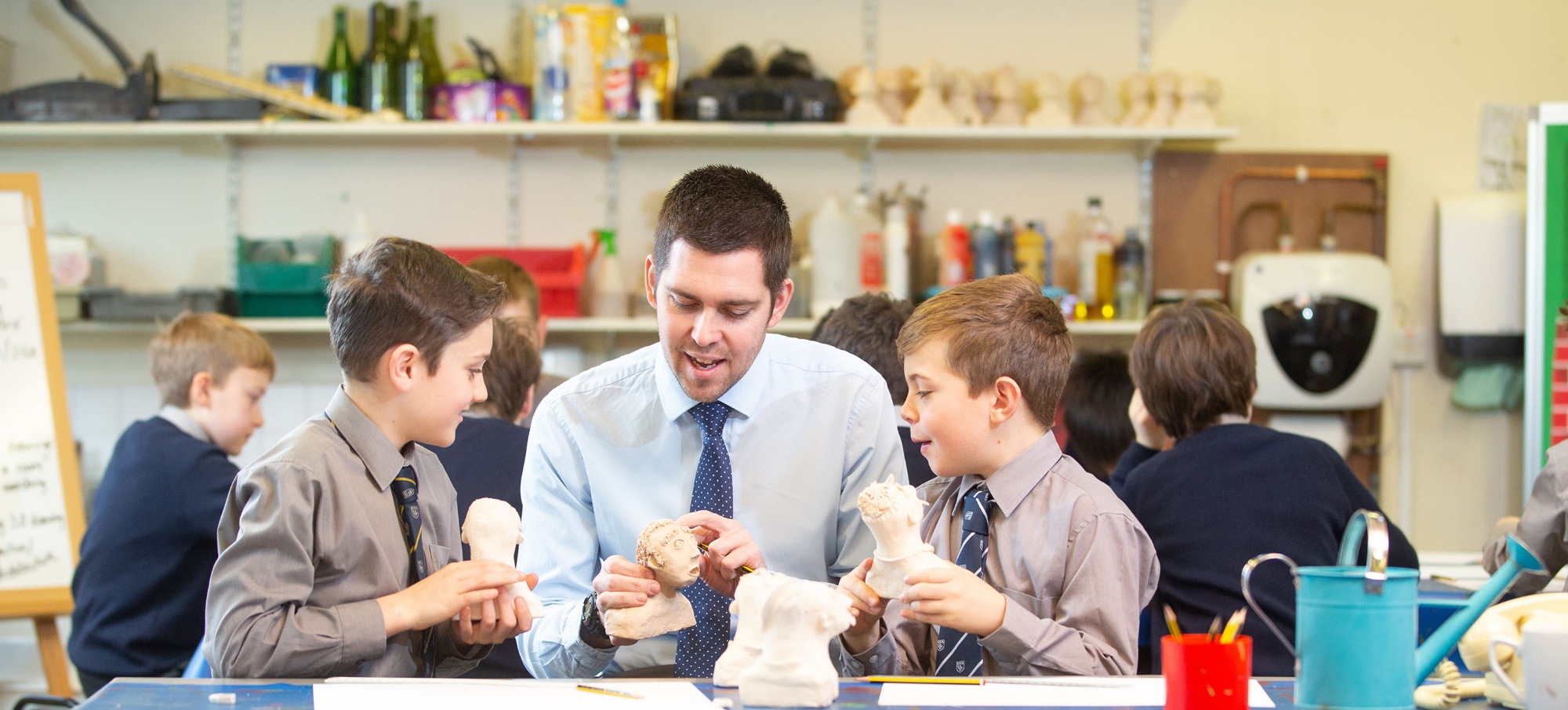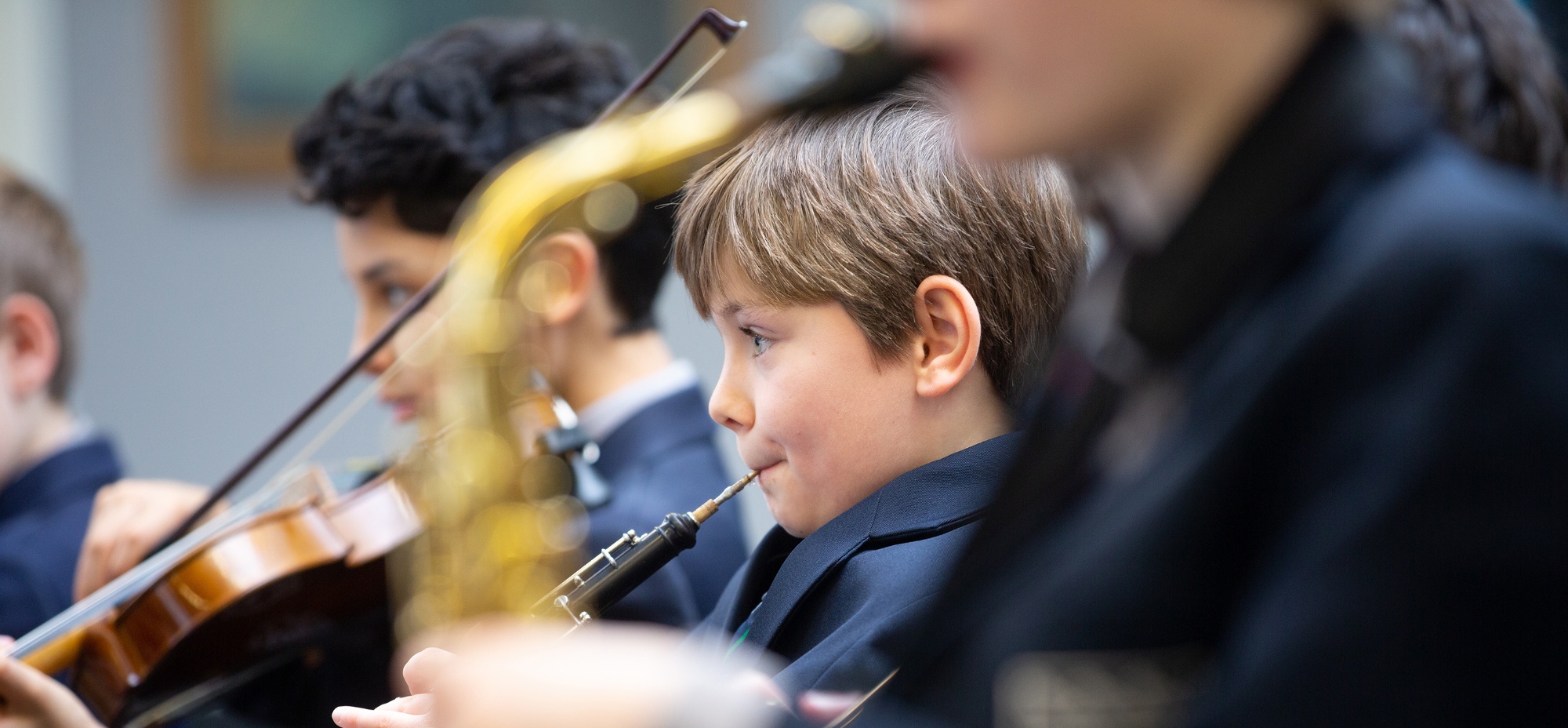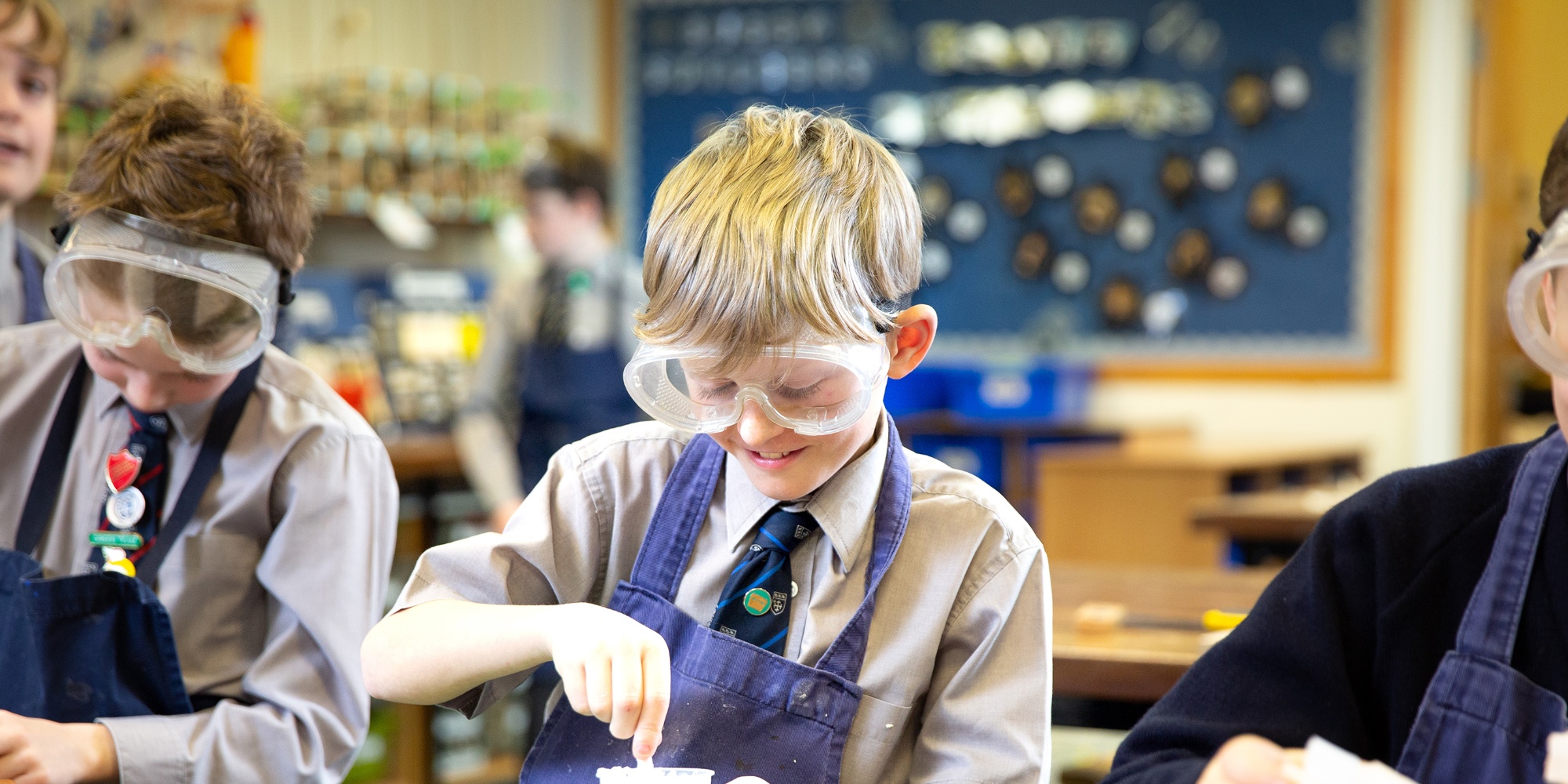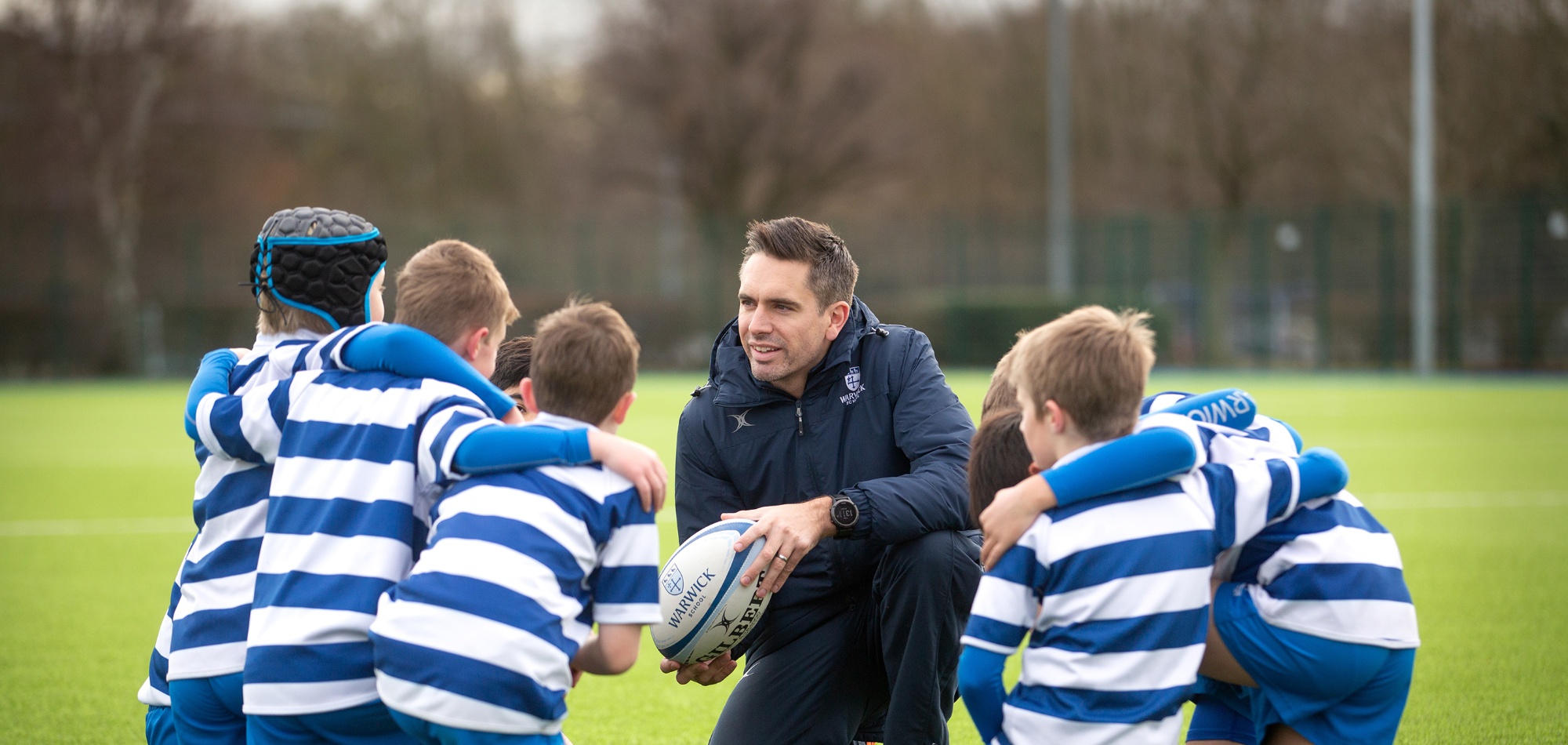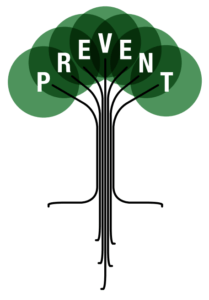My Visit to the Science Museum - By Joseph (6L)
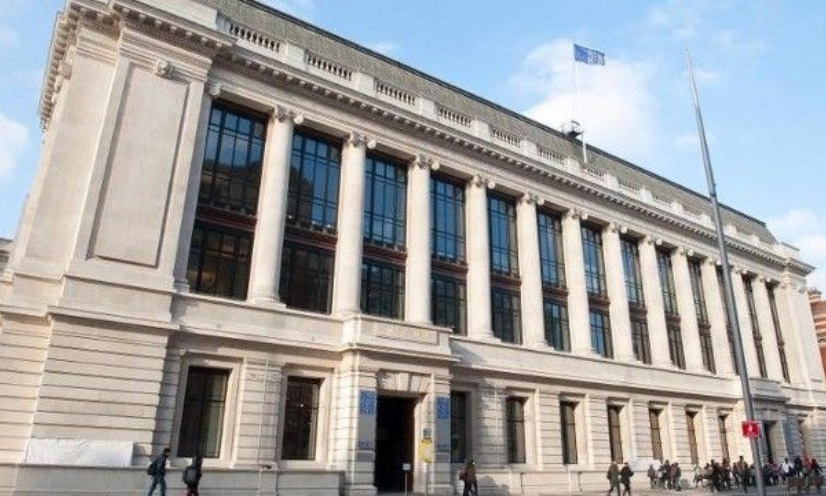
A couple of weekends ago, I visited the Science Museum in London.
On this exciting excursion, I learned lots of new and interesting things and saw some really cool inventions too.
The Museum is split up into different galleries. As you walk in there is the Making the Modern World gallery, which then leads into Exploring Space and on to the Energy Hall. I saw some iconic objects that have transformed our lives over the past 250 years - from steam engines to the first Apple computer.
In the Exploring Space gallery, I saw a replica of the Apollo lunar module (the first module to land on the moon), which was amazing to see up close and read about. I also saw Tim Peake’s Soyuz TMA-19M spacecraft, which is now on permanent display. It is the actual spacecraft that took astronauts Yuri Malenchenko, Tim Kopra, and Tim Peake up to the International Space Station in 2015. There is also a real piece of Moon rock cut from the ‘Great Scott’ rock that Apollo 15 astronaut David Scott picked up from the Moon’s surface in August 1971.
Up on the next level there was the Medicine & Bodies gallery. There were lots of different types of anatomy in different stages, and lots of instruments used over the years telling lots of fascinating stories. One of the stories that I found interesting was about anatomy schools across Europe in the 1800s and how dissection could only be legally carried out on deceased criminals and the schools offered good prices for the bodies of the recently executed. However, an odd type of thief called a ‘grave-robber’ emerged and would plunder fresh graves illegally to sell the bodies to the schools. Public outrage led to the 1832 Anatomy Act being introduced. Also, grieving relatives would rent heavy iron cages known as mortsafes to protect their loved ones from being stolen and sold for dissection. Sadly, the families who could not afford the mortsafes had to stay awake to guard the body during the night.
This gallery then led into the Engineers and Technicians gallery. In the Engineering gallery, I saw all the Queen Elizabeth prizes given for engineering and innovation. The prizes themselves were really creative and a new design is chosen each time. I got to take a closer look at iconic objects, from a cutting-edge surgical robot arm to the very first digital camera. One of my favourite facts learned was that from medical tech to LED lighting, GPS and robots, Engineers play a vital role in enhancing our everyday lives.
During my visit I went into the Ronson Theatre (which is an IMAX cinema) to watch a short film called “Under the Sea” in 3D. The film was really informative about the effects we are having on our oceans and the impact global climate change is having on the ocean’s ecosystem.
I have never seen a film in IMAX before. It was so different to other films I have watched. I found out that this is because it uses 70mm of film projection, which offers viewers up to 40% more film image on screen than in standard cinemas. The screen is huge and curved, and because of its design (along with the 3D glasses), it made me feel like I was really in the ocean.
This was my first time visiting the Museum, but definitely won’t be the last. It was an amazing experience and I would highly recommend it to anyone who enjoys science and wants to find out lots more.

